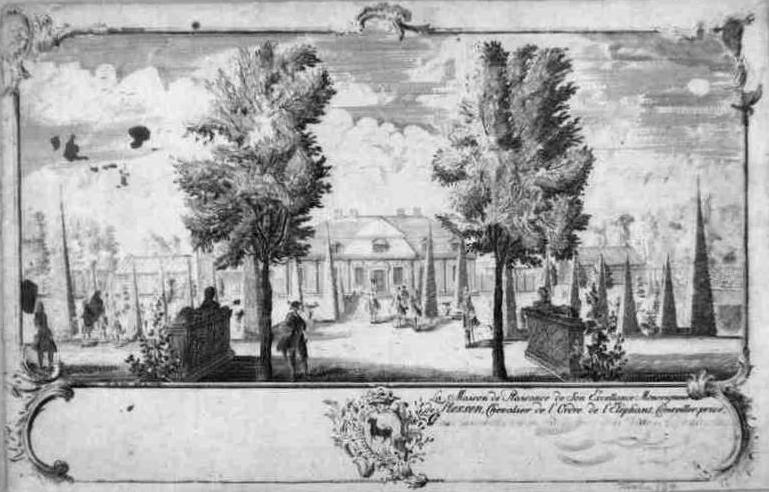|
Blågård
Blågård, also Blaagaard or Blågård Slot, was a royal country house near Peblinge Sø in what is now the Nørrebro district of Copenhagen, Denmark. Built in 1706 by Prince Charles of Denmark, in 1780 it was converted into a clothing factory before becoming a teacher training institution in 1791. After serving as a hospital in the early 19th century, in 1828 it became Nørrebro's first theatre until it was destroyed by fire in 1833. Today the name subsists in Blågårds Plads, Blågårdsgade andrelated developments in the area. Background From the end of the 17th century, a park and a summer residence based on Italian traditions were developed just to the north of the former city limits of Copenhagen. In 1706 Prince Charles, the brother of King Frederick IV, acquired the estate where he soon built a one-storey country house with a mansard roof in the modern French style. Country house The house overlooked the waters of Peblinge Sø with pavilions and gazebos in the surrou ... [...More Info...] [...Related Items...] OR: [Wikipedia] [Google] [Baidu] |
Blågårdsgade
Blågårdsgade is a mostly pedestrianized street in the Nørrebro district of Copenhagen, Denmark. It runs from Nørrebrogade in the northeast to Åboulevard in the southwest and passes the square Blågårds Plads. The street is known for its many shops and cafés. History The street takes its name after a country house, Blågård, built at the site by Prince Charles of Denmark, Prince Charles in the 1700s. A tree-lined road, Blågårdsvej (Blågård Road), was constructed between Nørrebrogade in the east and the Ladegård Canal (now Åboulevard) in the west, when the estate was divided into parcels in the 1820s. In 1827, Mathias Anker Heegaard, the owner of Blågård, obtained a licence from King Frederick VI of Denmark, Frederick VI to convert the property into an iron foundry. The so-called Demarcation Line which restricted the construction of buildings in the area was moved from Jagtvej to The Lakes, Copenhagen, Peblinge Lake in 1852 and the street received its current ... [...More Info...] [...Related Items...] OR: [Wikipedia] [Google] [Baidu] |
